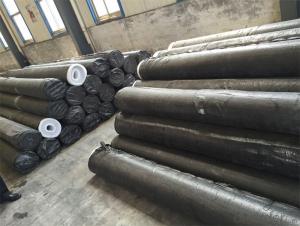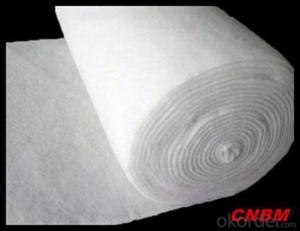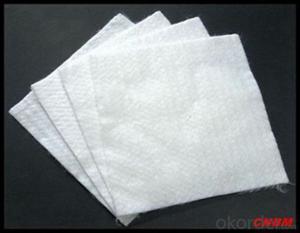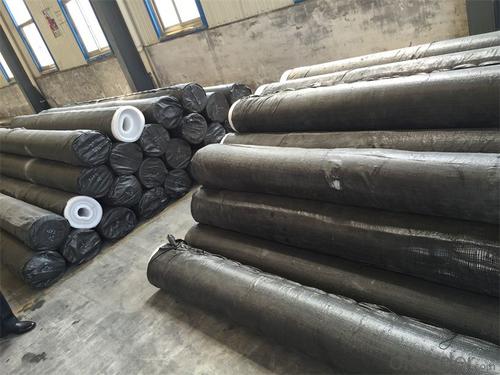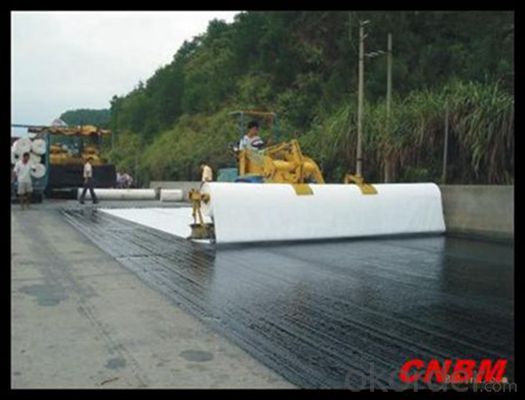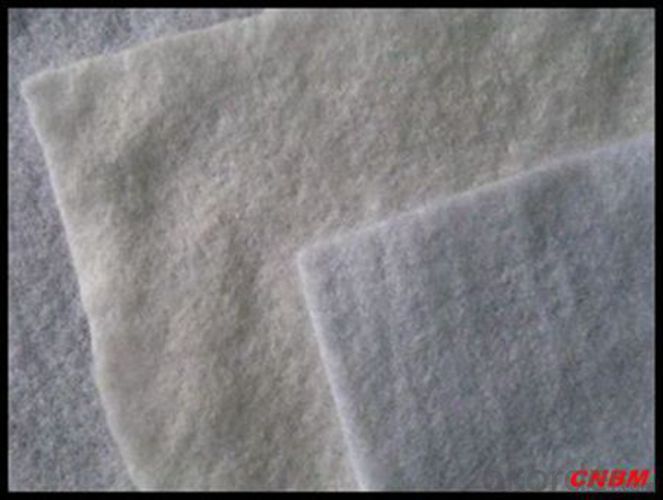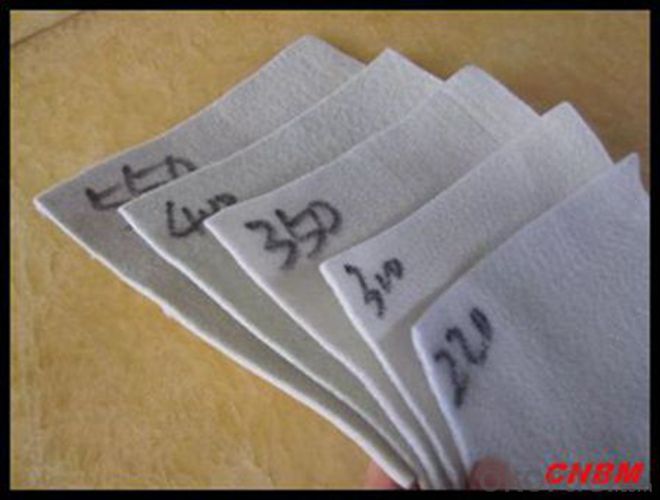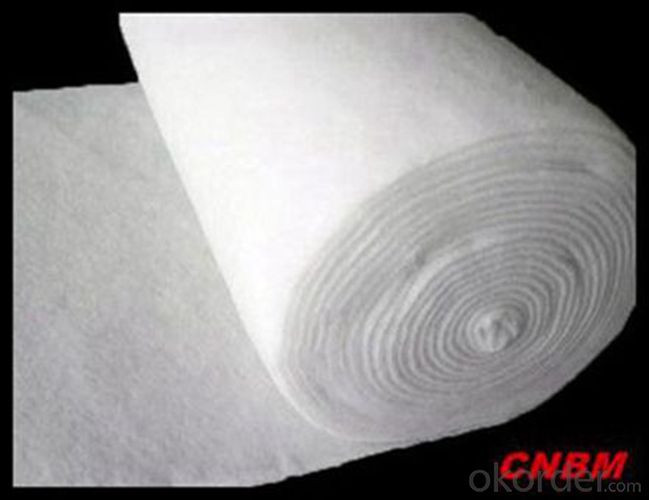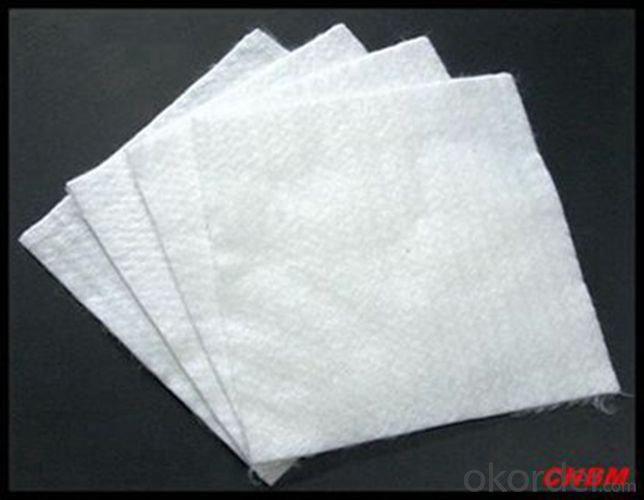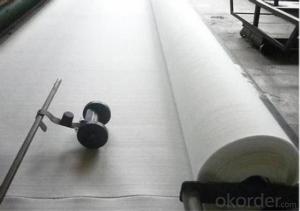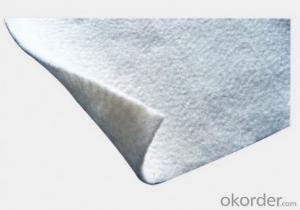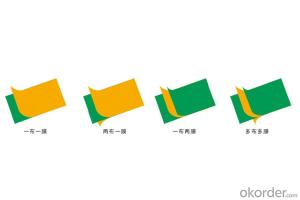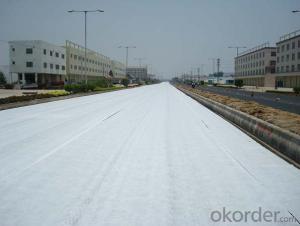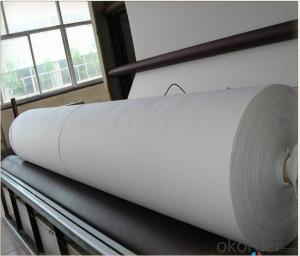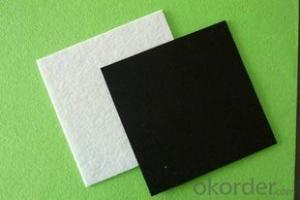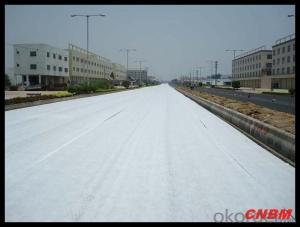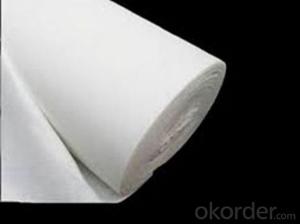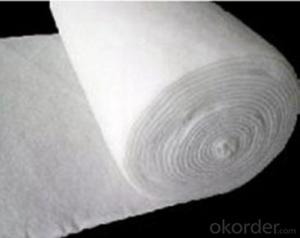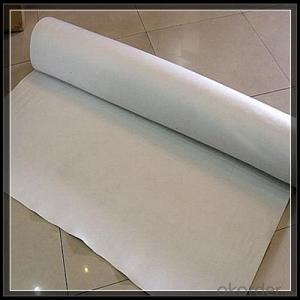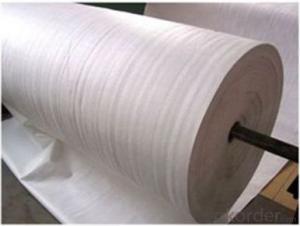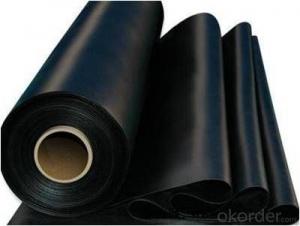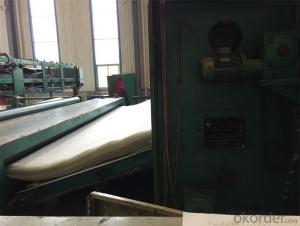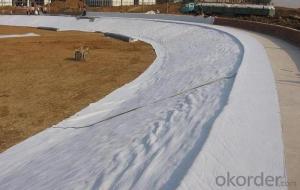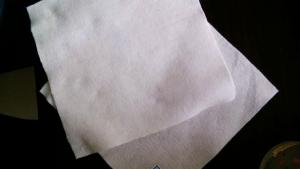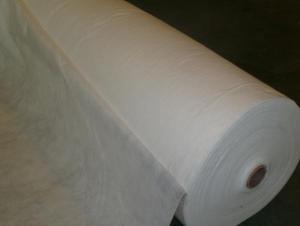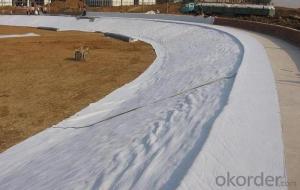Bonar Geotextile Polypropylene Filter Nonwoven Geotextile for Real Estate from CNBM
- Loading Port:
- China main port
- Payment Terms:
- TT OR LC
- Min Order Qty:
- 3000 m²
- Supply Capability:
- 1000000 m²/month
OKorder Service Pledge
OKorder Financial Service
You Might Also Like
Specification
Geotextiles made of virgin Polypropylene PP, Polyester PES
Under request, the geotextile is produced with black carbon to protect from UV
Non woven - needle punched, cut fibers geotextiles for protection, filtration, separation, drainage or reinforcement applications (see also woven Geotextiles and Geogrids)
Key Specifications/Special Features:
Specifications
1) PET geotextile: non woven geotextile
2) Material: PP (polypropylene) or Polyester fibers
3) 100g/sq.m-1000g/sq.m
4) Width: 2m-6.5m
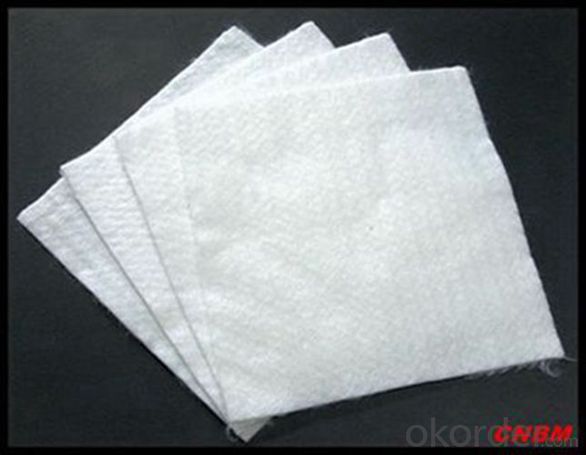
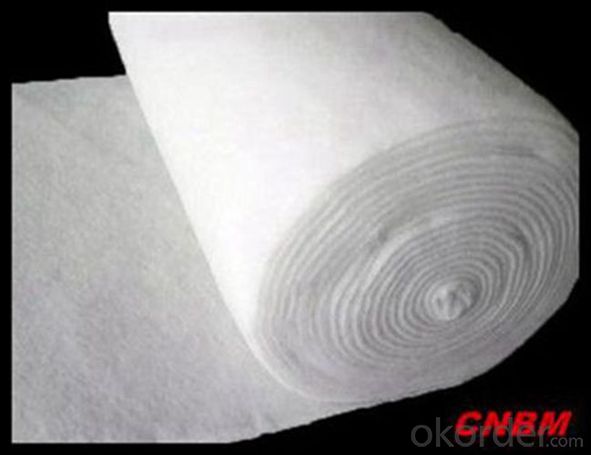
Packaging & Shipping
Packing: PLASTIC FILM INSIDE, AND WOVEN BAG OUTSIDE
Shipping: About 15 days after receipt the deposit
geotextile fabric
permeability,filtration,easy for construction
ISO and CE certificate
Good quality and competitive price
Our Service
Quality assurance
1.On a regular basis or as per your request,we entrust national testing agencies to conduct quality inspections
2. Strictly in accordance with the ISO9001-2008 international quality system standard,we monitor and manage the whole process throughout production,quality testing,and measurement to ensure product quality
3. For quality-related construction delay or substandard construction(except for damage or losses due to customer’s responsibility or irresistible natural disasters),we have refunding,replacement,and repair services.We will respond to customers’ feedbacks on quality issues within 24 hours.
After-sales service
1.In order to provide customers with comprehensive technical support,we will provide technical and other related information upon request in a timely manner.
2.In required,we will appoint specialized technicians to the construction site to give technical trainings to construction people,and offer technical guidance throughout the whole construction process.
3.For damage due to shipment and delivery,after we receive the complaint,we will check the issure through provided pictures and videos.If our responsibility is confirmed,we wil offer free replacement.
4.When the construction is completed,as your request,our technical staff may participate in the final acceptance.
FAQ:
Q: What kind of payments does jenor support?
A: T/T, L/C, Cash are accepted.
Q: Do you charge for the samples?
A: Accordeing to our company policy, the samples are free, we only charge the freight fee. And we will return the freight fee during the next order.
Q: Can you produce according to customers' design?
A: Sure, we are professional manufacturer, OEM and ODM are both welcome.
Q: Do you have other products?
A: Yes, please check the pictures:
- Q: What are the different installation methods for geotextiles?
- There are several different installation methods for geotextiles, including direct placement, overlay, and confinement. Direct placement involves simply placing the geotextile directly on the ground or subgrade. Overlay installation involves placing the geotextile on top of another material, such as soil or aggregate, to provide separation or filtration. Confinement installation involves enclosing the geotextile within a structure, such as a retaining wall or gabion, to provide reinforcement or erosion control. The choice of installation method depends on the specific application and desired functionality of the geotextile.
- Q: Artificial lake can not do geotextile waterproofing? What method can not do geotextile waterproof?
- Yes, with polyethylene polypropylene cloth is also OK
- Q: Can geotextiles be used in drainage applications?
- Yes, geotextiles can be used in drainage applications. They are commonly used in various drainage systems to enhance filtration, separation, and soil reinforcement. Geotextiles help to prevent clogging by filtering out fine particles and allowing water to flow freely, improving the overall drainage performance.
- Q: How do geotextiles contribute to groundwater recharge projects?
- Geotextiles contribute to groundwater recharge projects by providing a permeable barrier that allows water to infiltrate into the ground while preventing soil erosion and sedimentation. They act as a filter, allowing water to pass through while retaining fine particles, thus enhancing the recharge of groundwater aquifers.
- Q: Can geotextiles be recycled?
- Yes, geotextiles can be recycled. Geotextiles are typically made from synthetic materials such as polyester or polypropylene, which can be recycled and used to produce new products. Recycling geotextiles helps to reduce waste and conserve resources.
- Q: What are the design considerations for geotextile-reinforced soil walls?
- Some of the design considerations for geotextile-reinforced soil walls include the selection of appropriate geotextile material, determining the required strength and stability of the wall, evaluating the site conditions and soil properties, considering the drainage requirements, ensuring proper connection and anchorage of the geotextile to the wall, and considering any potential environmental factors that may affect the performance of the wall.
- Q: Can geotextiles be used in soil erosion control on construction sites?
- Yes, geotextiles can be used in soil erosion control on construction sites. Geotextiles are permeable fabrics that can be placed on the soil surface to prevent erosion by stabilizing the soil and allowing water to pass through while retaining sediment. They are effective in controlling erosion, reducing sediment runoff, and maintaining soil integrity during construction activities.
- Q: How do geotextiles contribute to land reclamation projects?
- Geotextiles contribute to land reclamation projects by providing erosion control, soil stabilization, and drainage solutions. They act as a barrier between the underlying soil and overlying materials, preventing soil erosion caused by wind or water. Geotextiles also help stabilize the soil, allowing vegetation to grow and preventing the formation of unstable slopes or embankments. Additionally, they aid in efficient drainage, ensuring proper water flow and preventing waterlogged conditions that could hinder the reclamation process. Overall, geotextiles play a crucial role in land reclamation projects by enhancing the stability and productivity of reclaimed land.
- Q: How are geotextiles secured in place?
- Geotextiles are secured in place through various methods such as anchoring with stakes, pins, or staples, using sandbags or rocks as weights, or by installing them with mechanical devices like anchors or tiebacks.
- Q: Are geotextiles resistant to fungal growth?
- Yes, geotextiles are generally resistant to fungal growth due to their synthetic nature and the materials they are made from.
Send your message to us
Bonar Geotextile Polypropylene Filter Nonwoven Geotextile for Real Estate from CNBM
- Loading Port:
- China main port
- Payment Terms:
- TT OR LC
- Min Order Qty:
- 3000 m²
- Supply Capability:
- 1000000 m²/month
OKorder Service Pledge
OKorder Financial Service
Similar products
Hot products
Hot Searches
Related keywords
